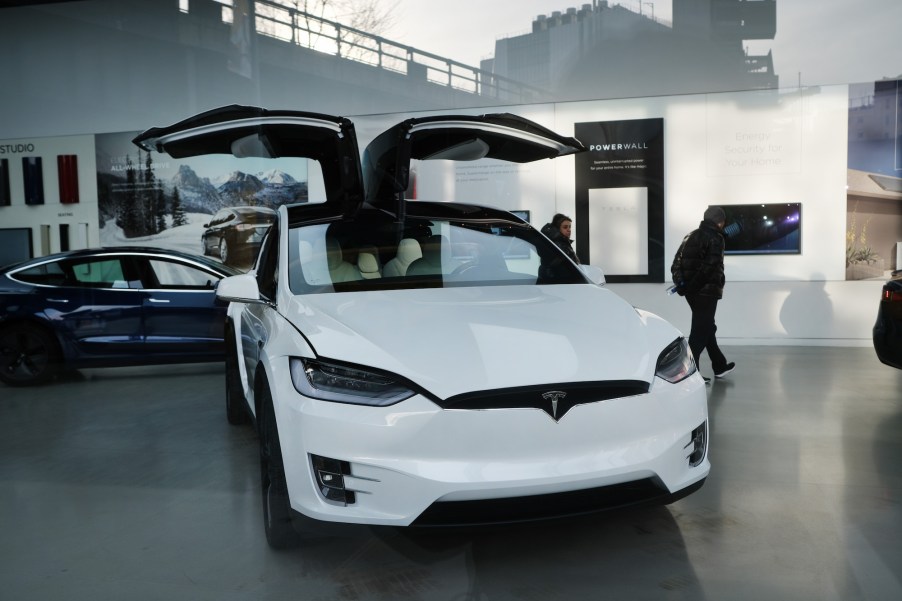
Can You Tow Charge a Tesla?
If you run out of gas while driving, a tow truck can offer assistance, or you can walk to the nearest gas station to fill a canister with enough gas to get you back on the road. But, what do you do when your electric vehicle runs out of charge? You can’t walk to the nearest gas station for help, and roadside assistance vehicles typically do not have sufficient charging capabilities.
Many EV owners develop “range anxiety,” the fear of running out of battery power before reaching their final destination. While there are plenty of Tesla supercharger stations throughout the country, sometimes drivers don’t have enough juice to get there, leaving them stranded on the side of the road.
Faced with this predicament, some electric vehicle drivers have attempted tow charging, a common practice in the EV world. While effective for many hybrid and all-electric models, it got us wondering how feasible it is to tow charge a Tesla.
What is tow charging?

Most EV drivers will call a tow truck when their battery drops to 0 percent, but there is another way to get a quick boost. Commonly referred to as tow charging, an electric vehicle can have its power restored when towed by another vehicle.
CNET Roadshow explains the motion of the towed vehicle’s wheels causes an armature inside the electric motor to turn, generating a current. The electric motor then acts as a generator, engaging the regenerative braking system and giving the dead battery enough power to get the vehicle to the nearest charging station.
Is tow charging a Tesla possible?
It is possible to tow charge a Tesla. The Byte reports, “regenerative braking can significantly extend the range of any electric vehicle.” Most Tesla Supercharger V1 or V2 stations charge EV batteries at a rate between 72 to 150 kW.
When towing a Tesla, the rate is about 65 kW. While not incredibly fast, it is pretty impressive. It is important to note that the tow vehicle will burn a considerable amount of gas, getting about 5 mpg in the process.
According to Car Throttle, you should never tow a Tesla with its wheels on the ground because the warranty will not cover any damage incurred by “transporting” in this manner.
InsideEVs advises, “Calling a tow truck seems like a safer bet than towing your dead EV behind another vehicle to charge it back up again.” They claim that most people attempting tow charging do it to make a video and attract YouTube views.
Issues to consider
MotorTrend suggests that while tow charging a Tesla is possible, there are a few factors to consider before attempting to do this yourself. For starters, a car in neutral will not regenerate electricity, regardless of whether it is being flat towed or rolled down a hill, so the EV battery “must still contain enough electrons to be fully ‘awake,’ so it can shift into Drive.”
Since most electric vehicles are heavy, you will need a powerful tow vehicle because an EV can “feel like their parking brake is on when they regenerate energy.”
Also, both vehicles must have a reliable braking system and a high-strength tow strap for the battery boost to work. You also need to watch for a fault alert in the EV system of the towed vehicle and make sure both cars remain at a safe distance to avoid a collision.
While we don’t encourage tow charging because of safety reasons, it is a feasible option for those stuck in a jam.


